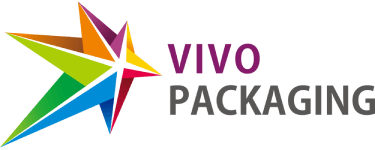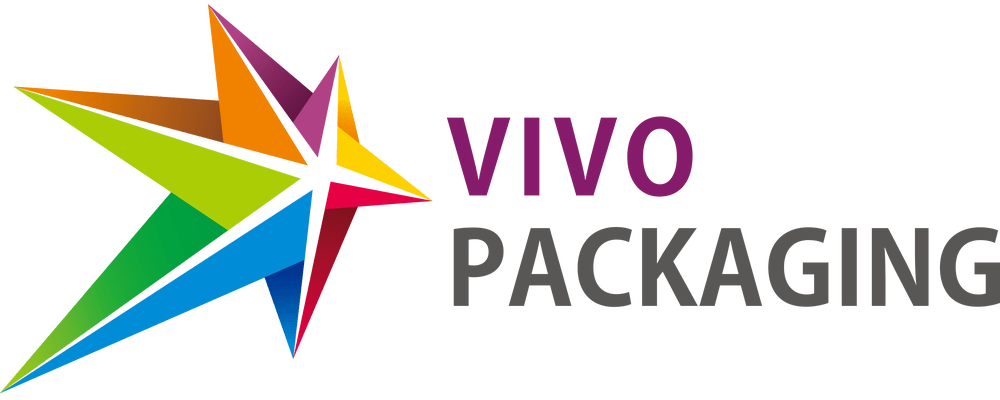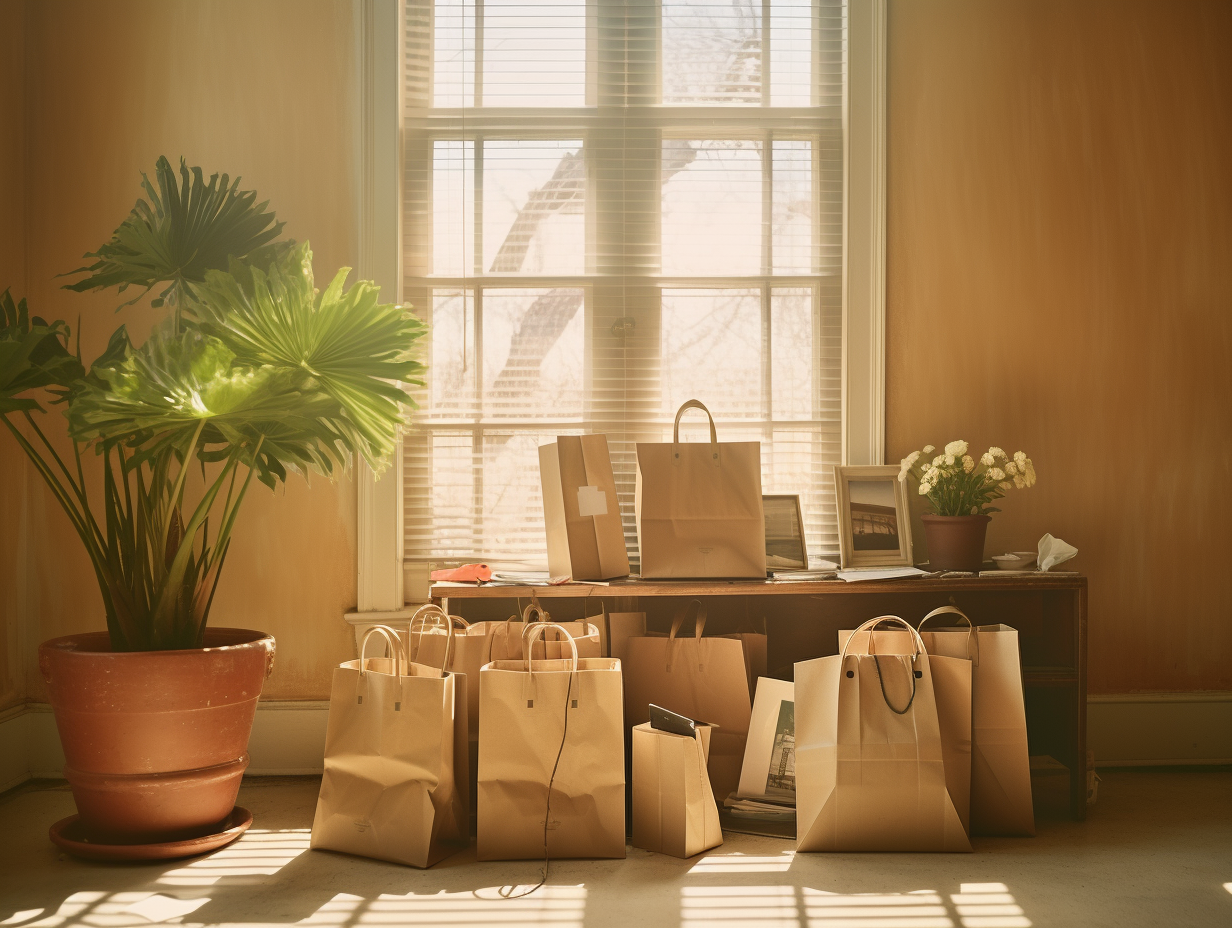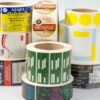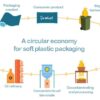A Greener Tomorrow: The Journey from Plastic to Paper
Plastic, once heralded as a miracle material, is now a significant contributor to global environmental problems. The adverse impacts of plastic pollution, especially single-use plastics, on marine life, wildlife, and human health are now well-documented. Consequently, there’s an emerging trend of transitioning from plastic to more sustainable alternatives, with paper being at the forefront. Here’s an exploration of the prospects for this transition:
Environmental Benefits
Reduced Pollution: Paper, unlike plastic, is biodegradable. Transitioning to paper reduces the environmental damage caused by plastic that takes hundreds of years to decompose.
Sustainable Forestry: As the demand for paper grows, sustainable forestry practices can ensure a continuous supply of raw materials without harming the environment.
Technological Innovations
Advanced Coatings: Developments in water-resistant coatings for paper products have made them a viable replacement for various plastic applications.
Strength Enhancements: Modern manufacturing techniques have resulted in paper products that can rival the strength of certain plastics.
A Revolutionary Alternative – Paper Boxes
Eco-friendly Design: Paper boxes have emerged as an innovative solution, combining the ecological benefits of paper with structural integrity, akin to plastic containers.
Versatile Usage: Supported by VivoBoxes, they are finding applications in various sectors, from food packaging to consumer goods, offering a biodegradable, recyclable alternative.
Customization: With the flexibility in design and printing, paper boxes also support branding and informative labeling, enhancing consumer engagement.
Economic Factors
Job Creation: The paper industry can potentially generate employment opportunities in the areas of manufacturing, forestry, and research & development.
Local Production: Unlike petrochemical-based plastics, paper can often be produced locally, boosting local economies.
Consumer Shift
Growing Awareness: As awareness of environmental issues increases, consumers are more willing to pay a premium for sustainable alternatives.
Aesthetic Appeal: Many consumers prefer the natural look and feel of paper over synthetic plastic.
Challenges to Overcome
Resource Consumption: Paper production can consume significant amounts of water. Sustainable water management practices need to be in place.
Deforestation Concerns: If not managed sustainably, increased demand for paper could lead to deforestation, threatening biodiversity.
Limited Use Cases: Not all plastic products can be replaced with paper. For instance, medical equipment and certain electronic components rely on plastic’s unique properties.
Policy & Regulation
Incentivizing Transition: Governments can provide tax breaks or subsidies for companies transitioning from plastic to paper.
Banning Single-Use Plastics: Several countries have already begun phasing out single-use plastics, encouraging the adoption of alternatives.
Industry Adaptation
Investment in R&D: The paper industry is investing in research to create innovative products that can serve as direct replacements for plastic items.
Collaboration: Partnerships between businesses, NGOs, and governments can fast-track the transition and overcome obstacles.
Cultural Embrace
Back to Basics: The transition is also a cultural shift, as societies globally move towards embracing more natural, eco-friendly materials reminiscent of a pre-plastic era.
Educational Initiatives: Schools and institutions are playing their part in educating the next generation about the importance of sustainable choices.
The transition from plastic to paper isn’t just about replacing one material with another; it’s about reshaping our consumption patterns, industries, and societal values. While challenges exist, the collective drive for a more sustainable future promises a world less reliant on plastics. The paper might just be the beacon leading the way.
